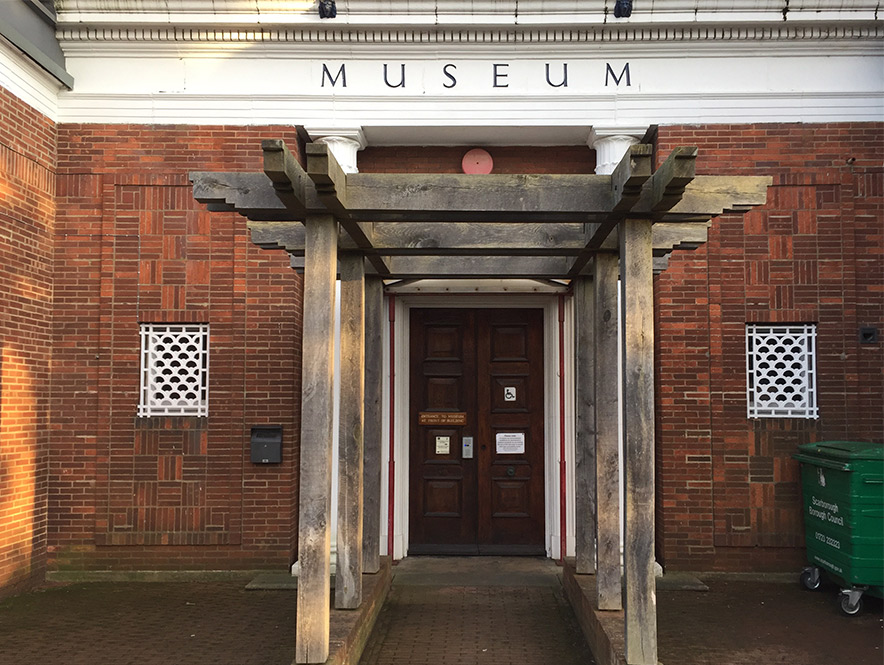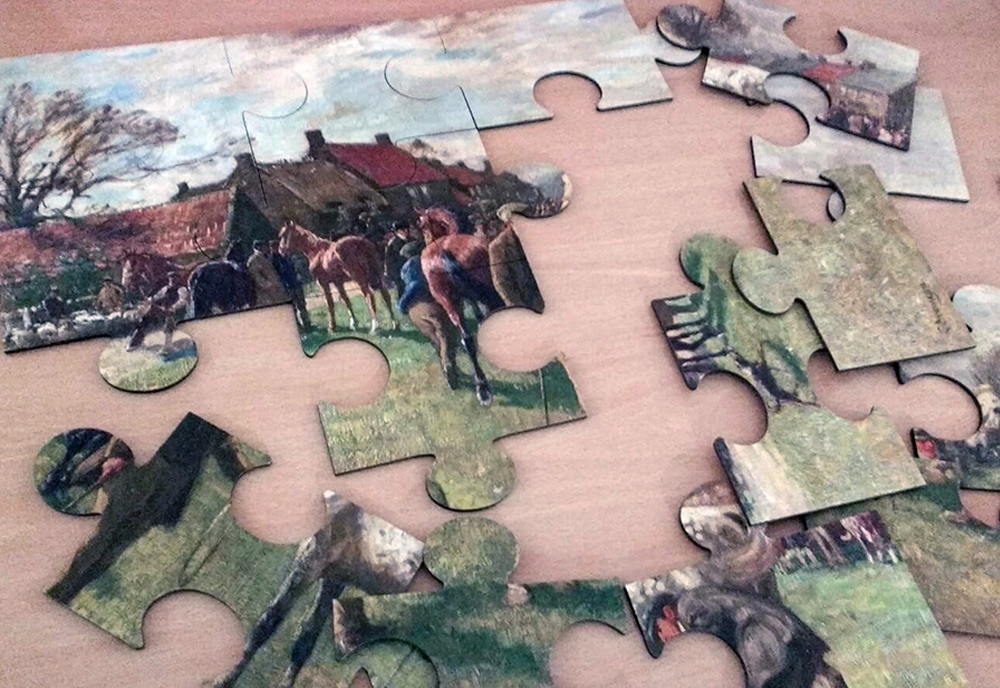Accessibility
Accessibility
Inside the building
There are no steps within the Art Gallery.
If you are also visiting the Museum there is there is a lift to all floors.
There are wheelchair accessible toilets in the Gallery (and the Museum).
Entrance to the building
Pannett Art Gallery is committed to being accessible for all our visitors. This page is here for you to find information about the accessible facilities and resources that will be available to help you plan your visit.
As the building is on a slope unfortunately there is no step-free access at the main entrance to the building (where there are a number of steps).
- If you approach the steps directly in front of the gallery there are 14 steps.
- If you approach the front entrance from the right there is a slope and 8 steps, or without the slope there are 15 steps.
- If you approach the front entrance from the left there are 11 steps.
- Each step is approximately 6 inches (15cm deep).
Although we do not have general public parking, there are 4 disabled (extra wide) parking spaces (for blue badge holders and visitors with limited mobility) for you to use at the rear of the Museum (The Art Gallery is situated at the front of the Museum).
We have a number of resources to help you explore and enjoy our paintings.
You may have seen people wearing white gloves to pick up a museum exhibit or painting. This is because one of the greatest causes of damage to artwork is the dirt, soap, chemicals and grease from being touched, however clean your hands are. This is one of the reasons why museums don’t allow people to touch their objects or paintings. However, the texture of paint in some pictures really contributes to the mood or emotion of the subject. To help visitors understand what an oil painting feels like we have painted canvases and boards available so you can feel the texture.
For the same reason the beautiful Burne Jones Tapestries on display in the Weatherill Gallery are behind glass. Weaver Dr Jenny Cousens has created a beautiful sample of woven tapestry in the style of the Arts and Crafts movement. The sample allows you to handle an example of weaving that demonstrates the techniques and materials that Victorian craft designers would have used.
We have some substantial pictures of enlarged details of some of our paintings along with enlargements of some miniature paintings. We hope they will help you to look more closely at the details and brushstrokes in the paintings. Study these enlargements and suddenly unnoticed details become apparent. They will also assist people with a visual impairment to enjoy these paintings.
Jigsaw Puzzles
We have four large scale, simple jigsaw puzzles of paintings from our collection to encourage you to engage with these art works.
We hope these handling objects will inspire you to be curious about the painting and to consider other elements beyond your immediate visual response.
Our Website
We have aimed to ensure that this website meets the UK’s DDA requirements by following the guidelines on the Web Accessibility Initiative (WAI) pages of W3C. Should you have any issues with regards to access and would like to let us know, please don’t hesitate to get in touch via our Contact Form, or phone 01947 600933.
You can change the contrast or size of the website text by using the Accessibility Toggle which you will find at the right of your screen.
![]()
The Accessibility Toggle looks like the image above.
Access at the rear of Museum is step free.
As the door is locked for security reasons please use the buzzer and we will open the door for you.
Textured paintings.
These paintings are provided so you can literally get a feel for the painted surface.
Large jigsaws.
Have fun with these large jigsaws of some of the Pannett Gallery paintings.



